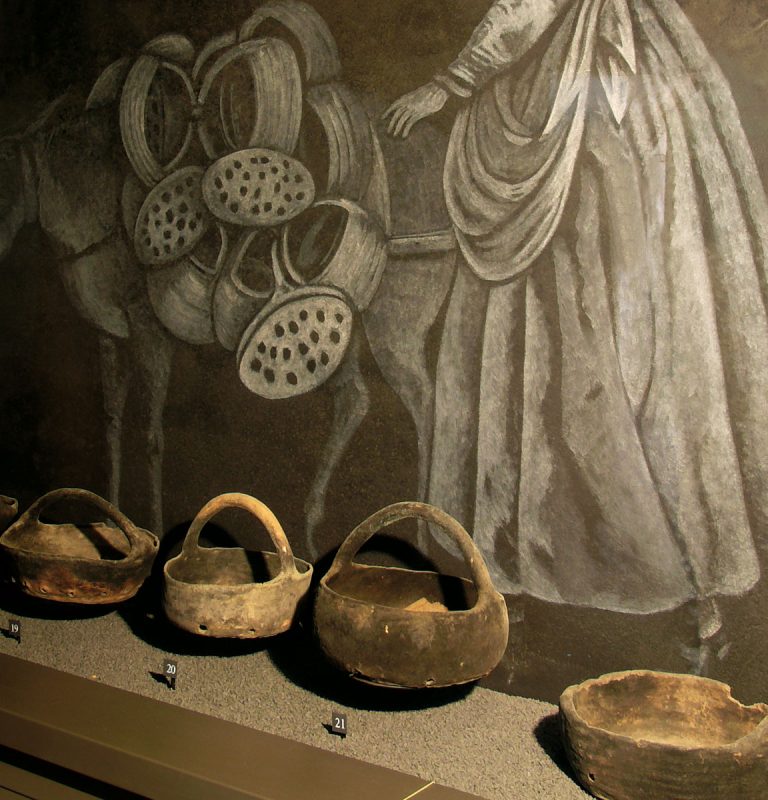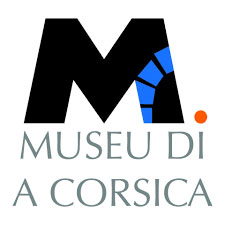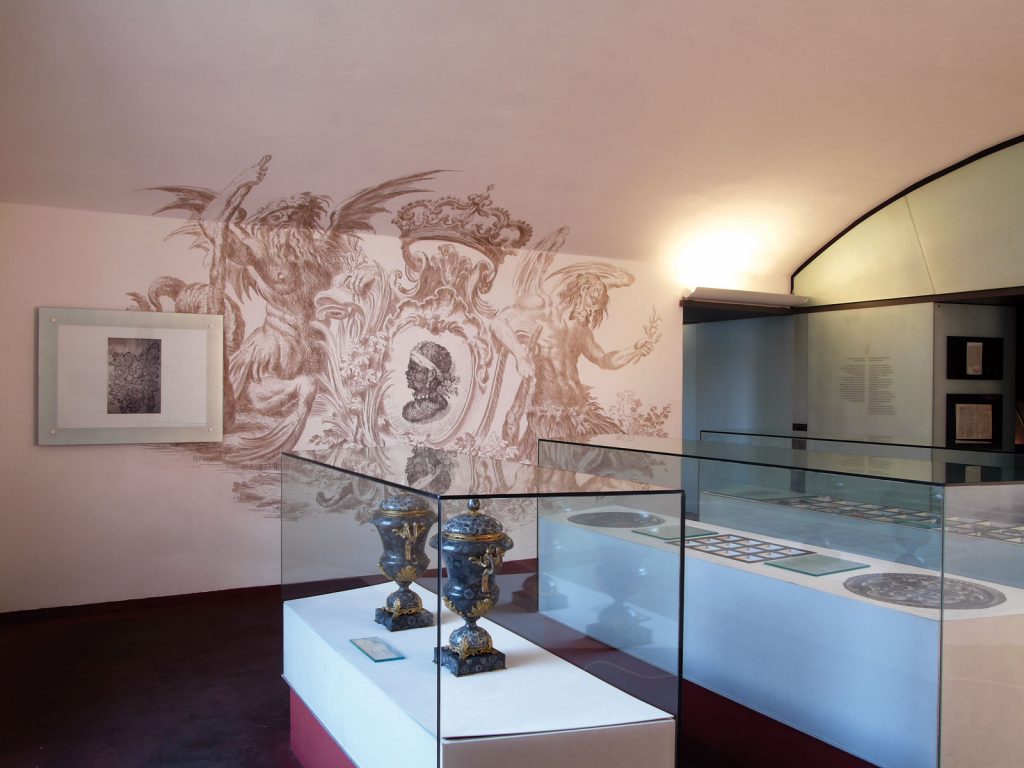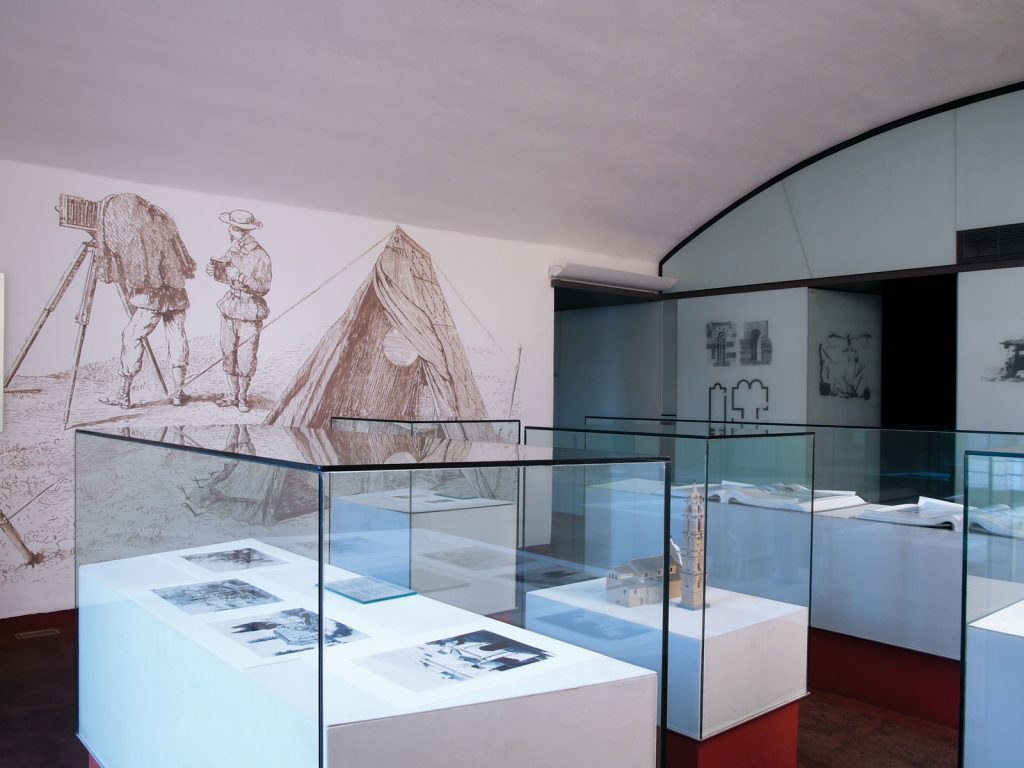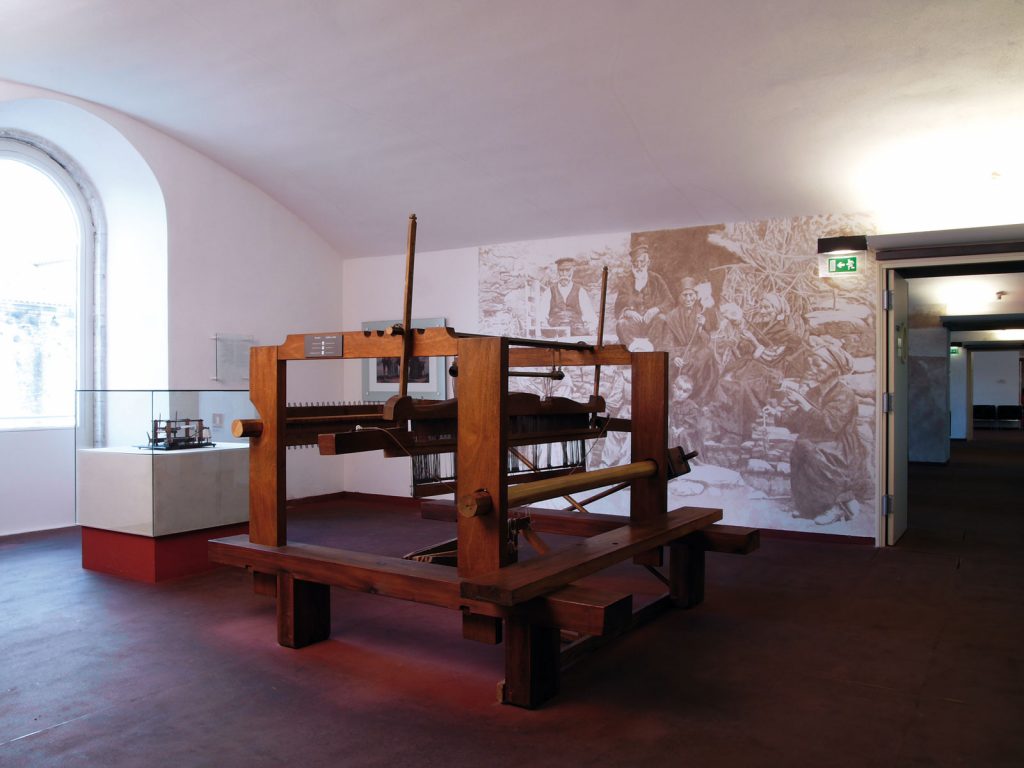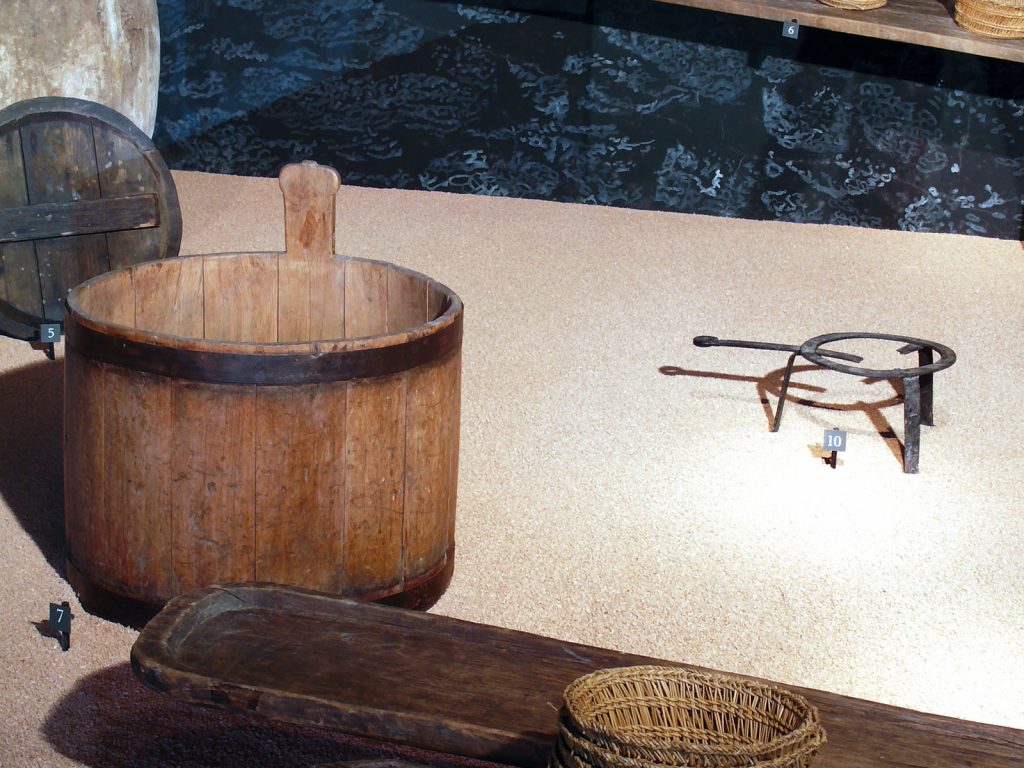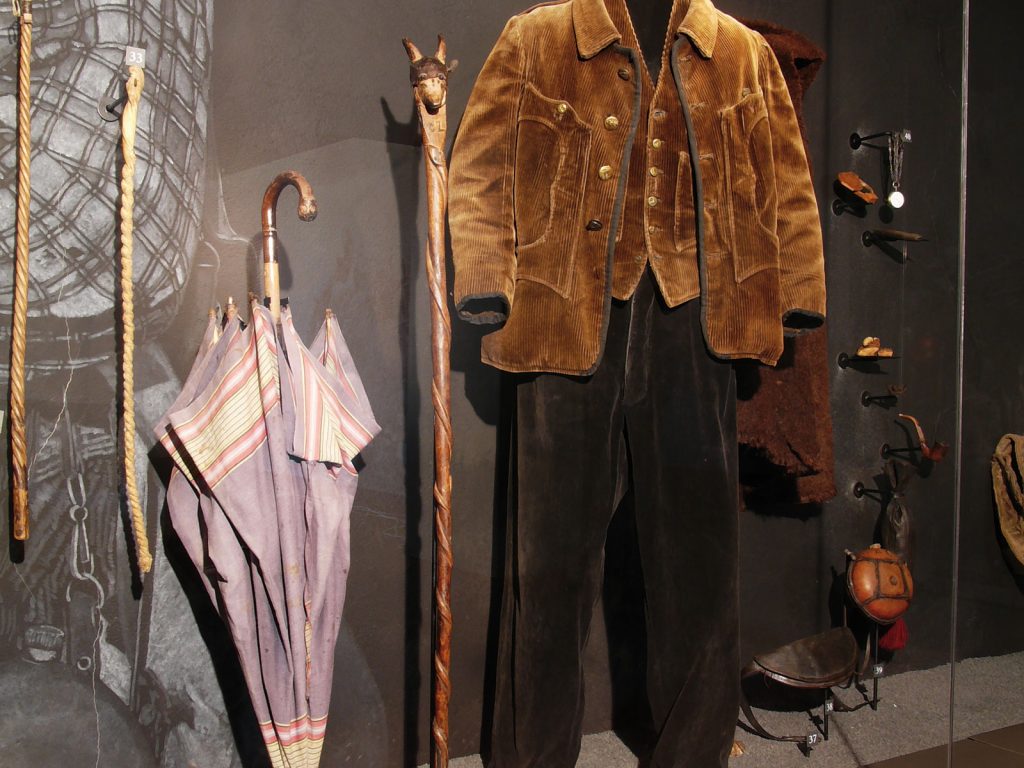The Doazan gallery
The discovery of Corsica, the invention of the island’s heritage, pastoralism are studied and highlighted. Three thousand objects of traditional Corsica have been gathered by Father Louis Doazan, one of the pioneers of Corsican ethnography.
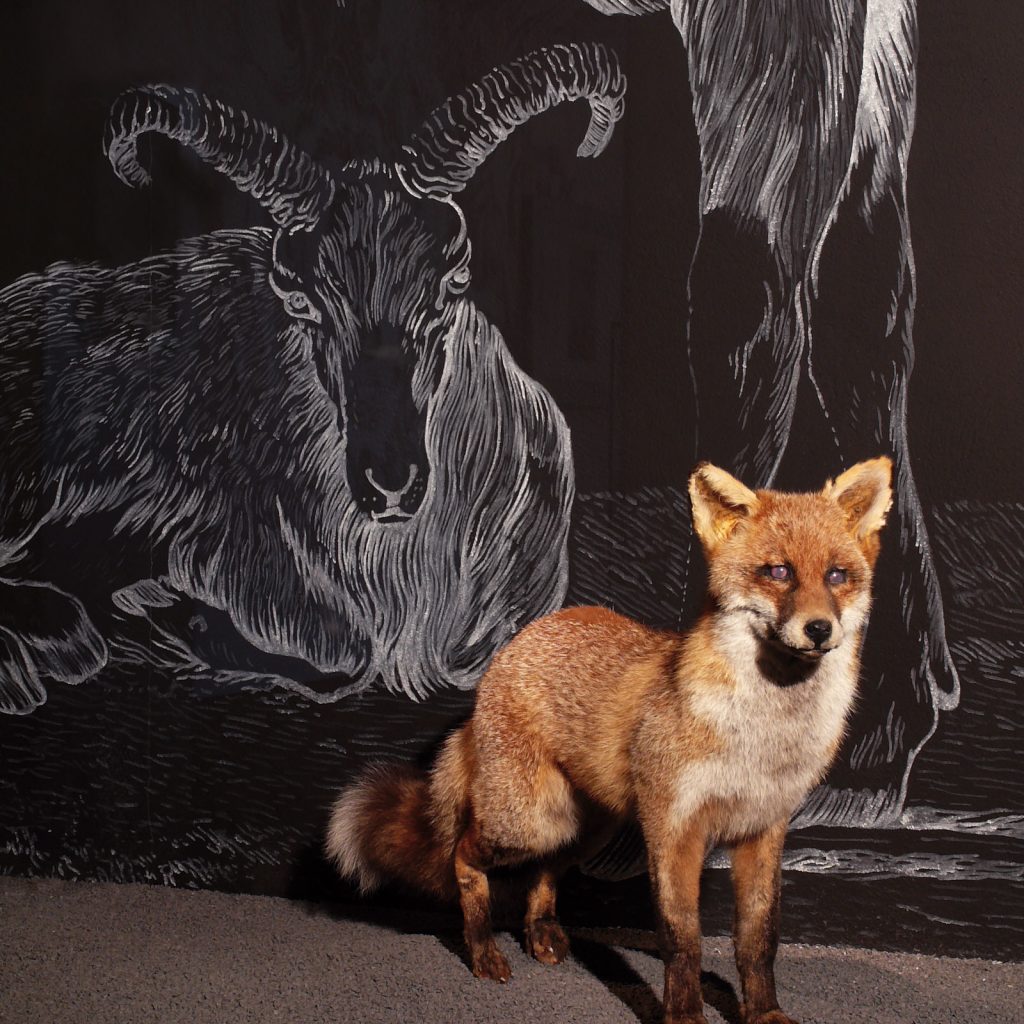
Presentation
The Doazan gallery proposes the glance of an ethnologist on the traditional rural Corsica.
Its course is a discovery of certain aspects of rural Corsica between the years 1952 and 1978 inspired by the work of Father Louis Doazan:
1
The discovery of Corsica
In 1951, Father Louis Doazan was appointed professor of Natural Sciences at the minor seminary of Ajaccio.
He set up a science cabinet with samples and specimens and made his pupils discover the history and geography of Corsica through the accounts of the authors of Greek and Latin Antiquity and those of the travelers of the 19th century.
Myths and allegories, emblems and symbols, have thus constituted an imaginary of Corsica and the island. Engravings, maps and coins minted under the generalate of Pascal Paoli testify to this.
2
The intervention of the heritage
If the term of heritage is understood and accepted by all today, it has not always been so: we owe to Prosper Mérimée, then inspector of the newly created Historical Monuments, the discovery in 1839 of the megalithic and roman heritage of the island.
It is at the end of the XIXth and at the beginning of the XXth century that the scholars of the learned societies valued the Corsican language and culture.
Father Doazan is part of the lineage of these discoverers of the patrimony: he was, indeed, one of the first to be interested in ethnography and to constitute a museum from objects collected at the time of his field investigations.
3
Traditional crafts and know-how
Craft production always refers us to a family production system and to the know-how of those who produced technical gestures in a given historical and economic context.
Some skills have disappeared today, some have become obsolete, others have been able to maintain or transform themselves. The textile activity is the one that has least resisted the changes in the production system, despite the attempts of craftsmen in the 1970s and 1980s. The looms on display are evidence of this evolution and of the attempts made in the textile sector.
4
The sheepfold of Milisaria
In 1973, Father Louis Doazan realized at the request of the National Museum of Popular Arts and Traditions an investigation on the last goat herders who still transhume between the deserted Balagne (Filosorma and Marzulinu) and the Niolu.
Aware of the mutations that this profession knows, he describes in detail the pastoral practices and particularly a sheepfold, that of Milisaria Acquaviva in Amago. The tools and the objects presented in a very refined scenography testify as well to the changes in progress as to the capacity of adaptation of the shepherds to new materials for identical uses.
5
The space of the shepherd
The cartography of the island transhumance drawn up in 1825 testifies to the importance of pastoralism in the economic and social history of Corsica.
If, in the 19th century, travelers’ accounts and iconography contributed to give an epinal image of the Corsican shepherd, the realization of his daily life is quite different : far from living in autarky, his seasonal way of life leads him to cross vast territories for the conduct of his flock as well as for the marketing of his products. More than twenty years after Father Doazan’s investigation, and regardless of the changes that this profession has undergone, it has been able to maintain its traditional know-how.
Also to be discovered
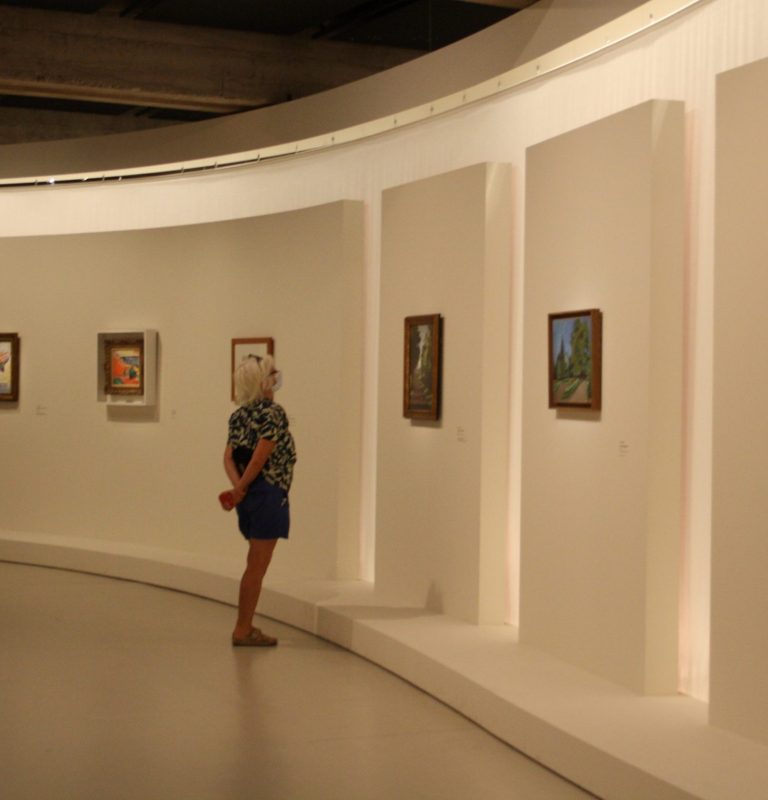
The temporary exhibition space
Each year, a new temporary exhibition and its counterpoints, as well as an educational space dedicated to young people, complete the permanent exhibition. It is accompanied by a richly illustrated catalog with articles by recognized scientists on the subject.
The gallery of the "Museum in the making
The Museum is interested in Corsica today, in its social, economic and cultural aspects. Attempts at industrialization, the development of tourism and the Corsican quest for identity are the main themes.
